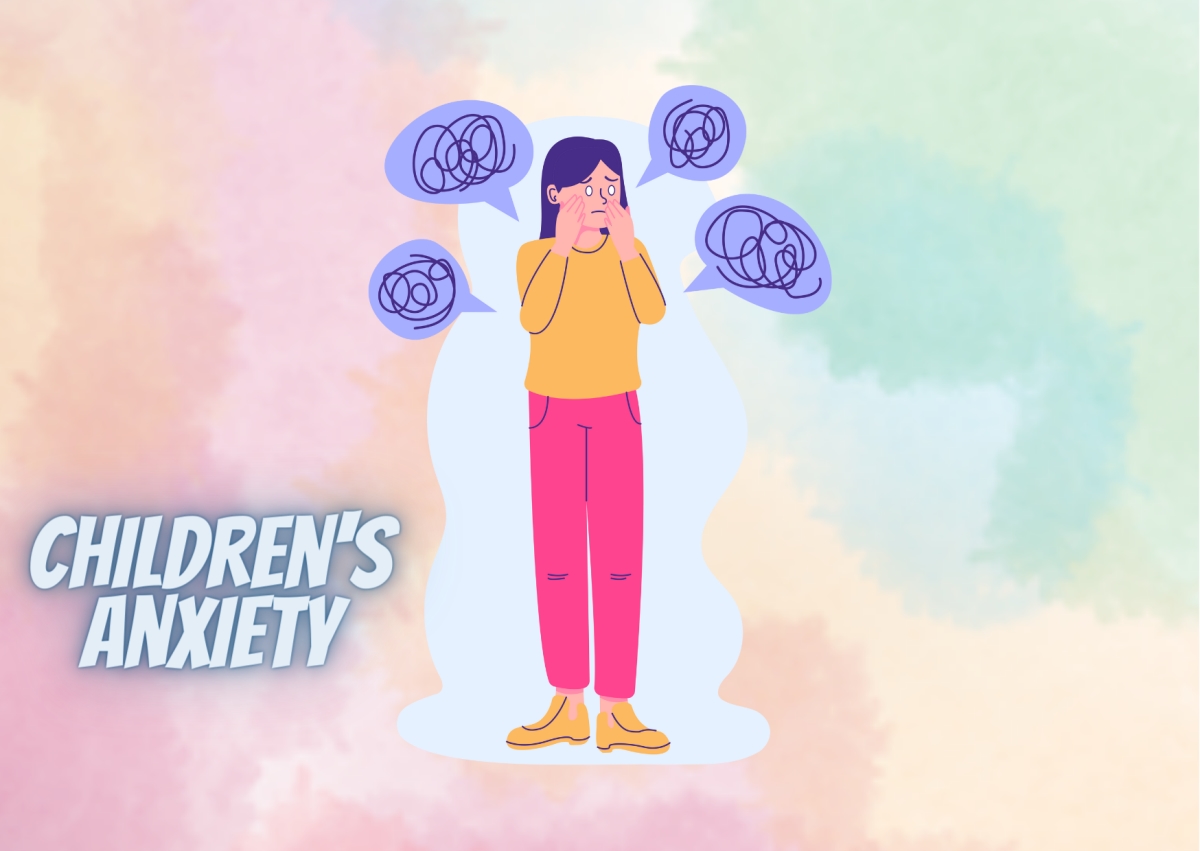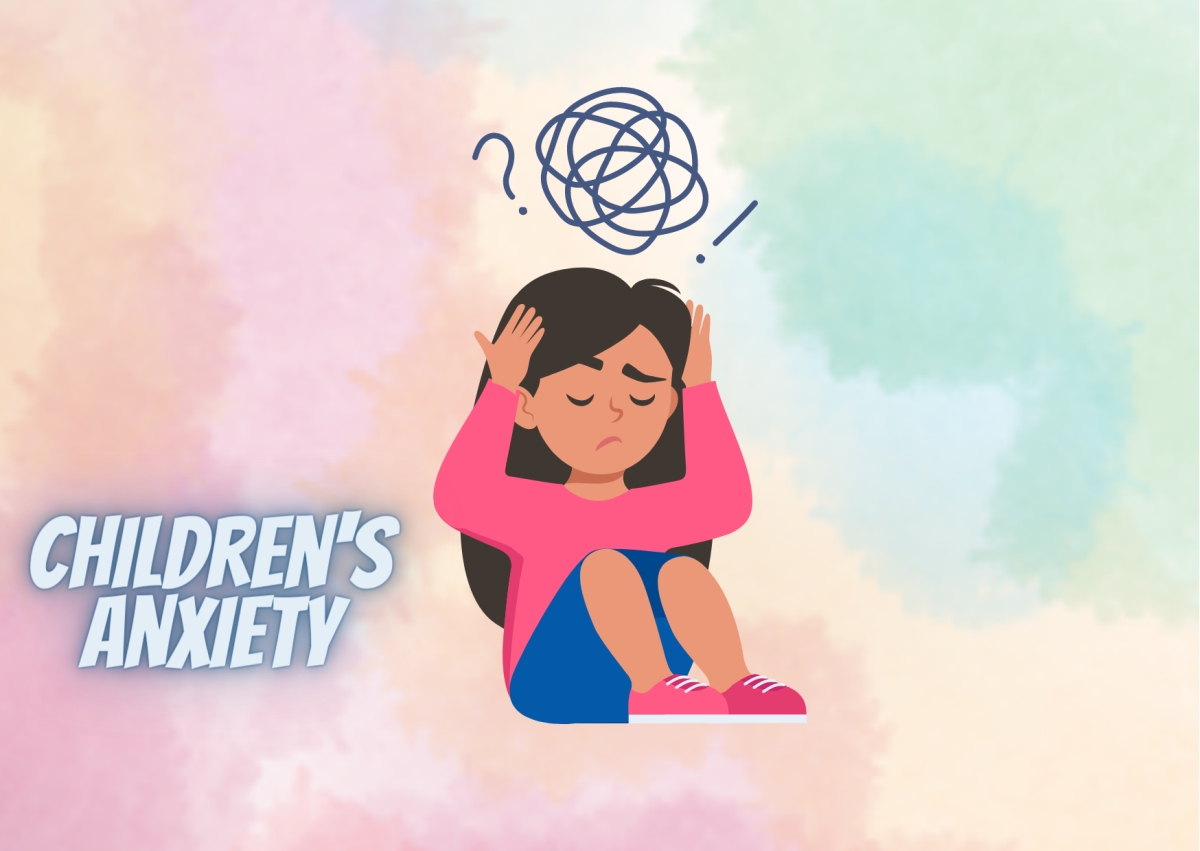What Does Children’s Anxiety Look Like?
Anxiety is a common experience for people of all ages, including children. Children’s anxiety can manifest in different ways, and it can be challenging for parents and caregivers to identify and support their child’s anxiety. As a parent, seeing your child experience anxiety can be overwhelming and distressing.
By understanding what children’s anxiety looks like and learning effective strategies to support an anxious child, parents and caregivers can help their child navigate and cope with their anxiety.
As a parent or caregiver, you want nothing more than for your child to be happy and healthy. However, children are not immune to the stresses of life, and they may experience anxiety from time to time. Children’s anxiety can manifest in a variety of ways, and it can be challenging to identify and support an anxious child. If you suspect that your child may be experiencing anxiety, it’s essential to understand what children’s anxiety looks like so that you can provide the support and resources they need to manage their anxiety effectively.
Anxiety is a natural and normal response to stress and uncertainty. It is a feeling of unease or worry that can range from mild to severe. While some level of anxiety is a part of everyday life, children may experience anxiety more frequently or intensely than adults. Children’s anxiety can be triggered by a variety of factors, including academic or social pressures, family conflicts, and major life changes such as moving or a new sibling. In some cases, anxiety can develop into an anxiety disorder, which can significantly impact a child’s daily life and functioning. The most common anxiety disorders in children include separation anxiety disorder, generalized anxiety disorder, social anxiety disorder, and specific phobias.
Both kids and adults experience anxiety frequently. Children may experience it as a result of parental obligations, academic work, extracurricular activities, and other usual circumstances in which children develop and function. Anxiety can be present and work at a healthy level to support children’s growth through challenging, unsettling, or novel events.
Children’s anxiety can manifest in different ways, and it may not always be apparent that a child is experiencing anxiety. Common signs and symptoms of children’s anxiety include excessive worry, irritability, difficulty sleeping, restlessness, physical symptoms such as headaches or stomachaches, avoidance of certain situations or activities, and difficulty concentrating.
Children may also exhibit behavioral changes such as aggression, clinginess, or withdrawal. If you suspect that your child may be experiencing anxiety, it’s important to talk to them about their feelings and concerns in a non-judgmental and supportive way.

